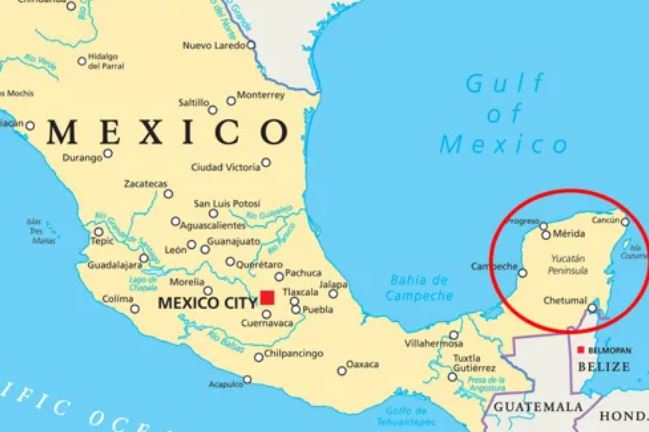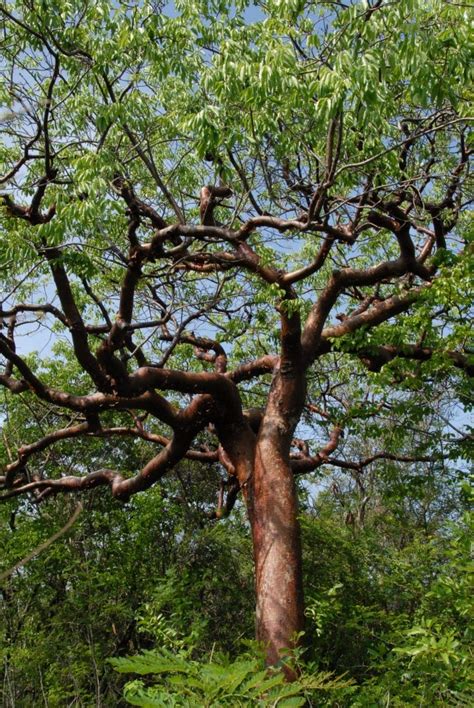
HONEY FROM THE BEES OF THE MAYAN JUNGLE
Share





Where is he from ?
The Zona Maya and the Costa Maya of Quintana Roo in the heart of
the Mayan tropical jungle is one of the largest protected areas in the Mexican Caribbean and occupies approximately 650,000 hectares over 120 kilometers from north to south, between the villages of Cobà, Tulum, Felipe Carrillo Puerto and Mahahual.
It includes beaches, dunes, cenotes
(natural water reserves), coral reefs and a tropical jungle, where more than 300 species of birds, 1000 plants and 100 species live
of animals.
For 20 years, settled in this jungle, bordering the Mayan archaeological site of Cobà, we have been striving to harvest pure honey combining wild hives (tree trunks) and traditional artisanal hives.
80% of plant species in the jungle depend
directly from insect pollination. As a pollinating agent, the bee contributes an important part to this balance, and is therefore
the essential link for the survival, evolution and reproduction of native plants.
The Maya called themselves "the inhabitants of the
jungle" and have lived on the basis of a deep knowledge and a
way of life compatible with the conservation of the jungle during
generations.

His characteristics :
Our honey gets its unique flavor from the hot and humid climate, conducive to
development of bee colonies and a nature rich in trees and plants
bees.
Our Apis bees forage depending on the season, tropical flowers such as Xtabentun, Dzidzilché and many others but its dominant comes from Chacà, the sacred ancient tree of the Mayas. This endemic tree from the Yucatan Peninsula gives it a woody, flowery aroma with intense
strong and persistent.
Maya Jungle Honey is a rare and high quality honey.
Honey from Mayan Jungle Bees crystallizes in our latitudes; this is a phenomenon that proves that this honey is 100% natural, and that it has not been heated.
Its crystallization is anarchic compared to European honey.
If you want to give it back its liquid texture, just put it in a ray of sunshine or in a bain-marie.

THE SACRED TREE OF CHACÀ:
The ancient and sacred tree of the Maya is known as the chacá tree but also as the sacred fig tree.
It can reach a height of 30 meters. Its bark is reddish. Its leaves are large and leathery, the fruit is an edible fig that looks like a small red apple. Its flowers are small and white.
It was considered a symbol of life and
growth by the ancient Maya, as a link between the terrestrial world and the celestial world, its roots being connected to the water beyond and often associated with the gods of rain and water. It is found carved in many Mayan temples.
The resin produced by this tree is commonly known as crown, which is why in pre-Hispanic times trees belonging to this family were considered 'copal trees'. This resin was of great importance capital in Mayan ceremonies.It was used as incense, believed that the smoke purified and conveyed messages to the gods.
Mayan shamans (healers) have always used and revered this tree for its many medicinal properties.
In terms of properties, the chacá tree is used in traditional medicine to treat or relieve various diseases and infections; it is attributed an antibiotic, anti-infective power, fighting against gastric and arterial problems.
Bees also benefit from its benefits, transforming the nectar of its small white flowers into exceptional honey, with countless therapeutic properties, thus becoming an excellent ally for health.

